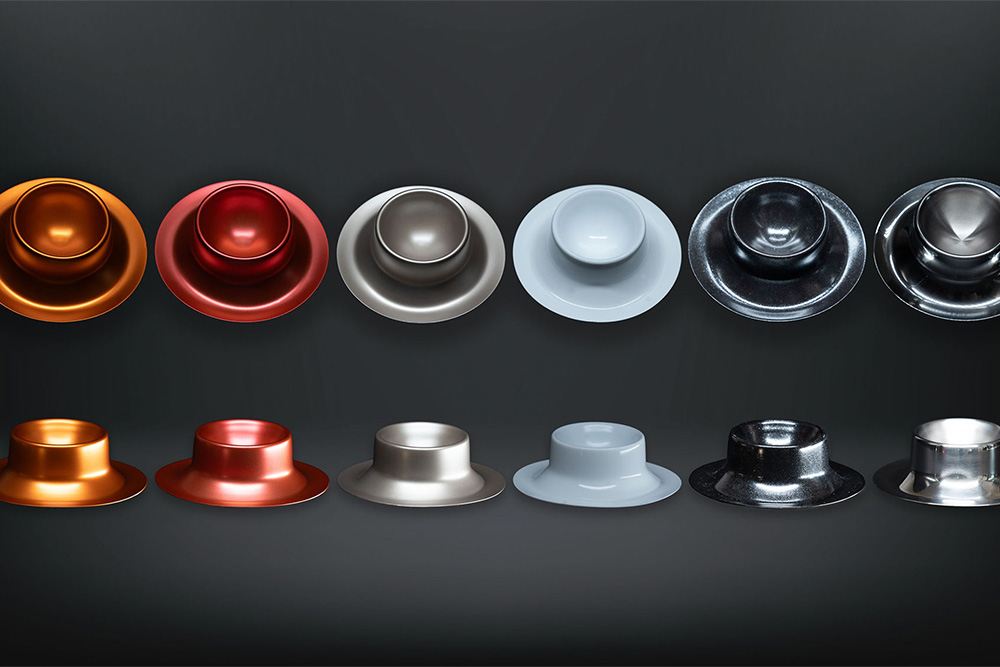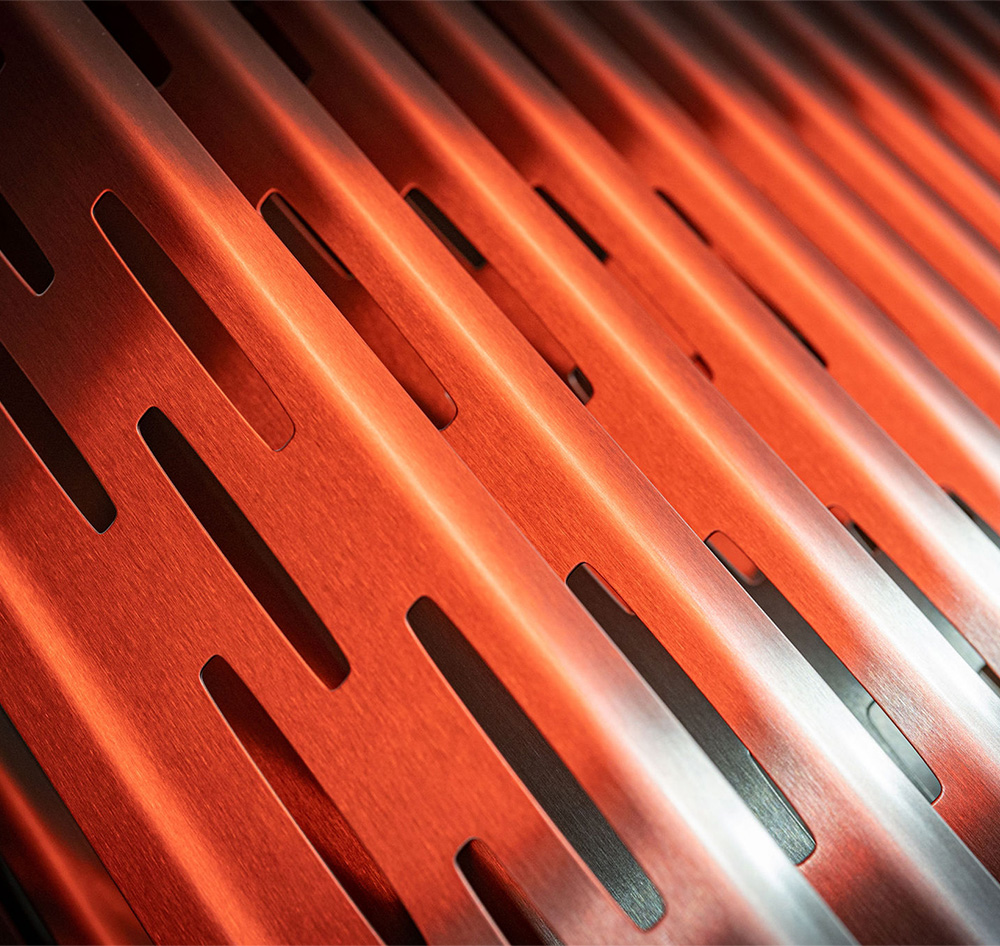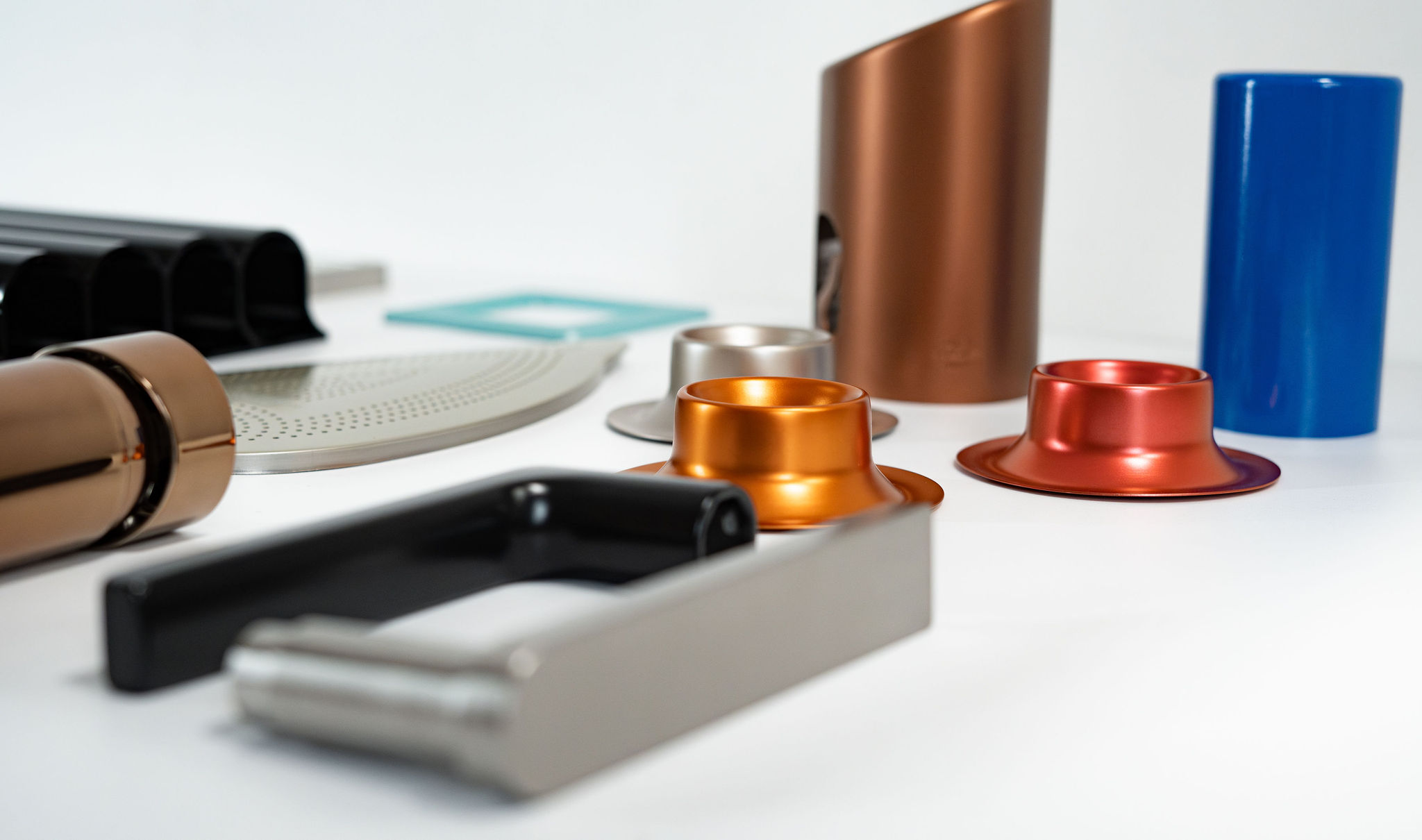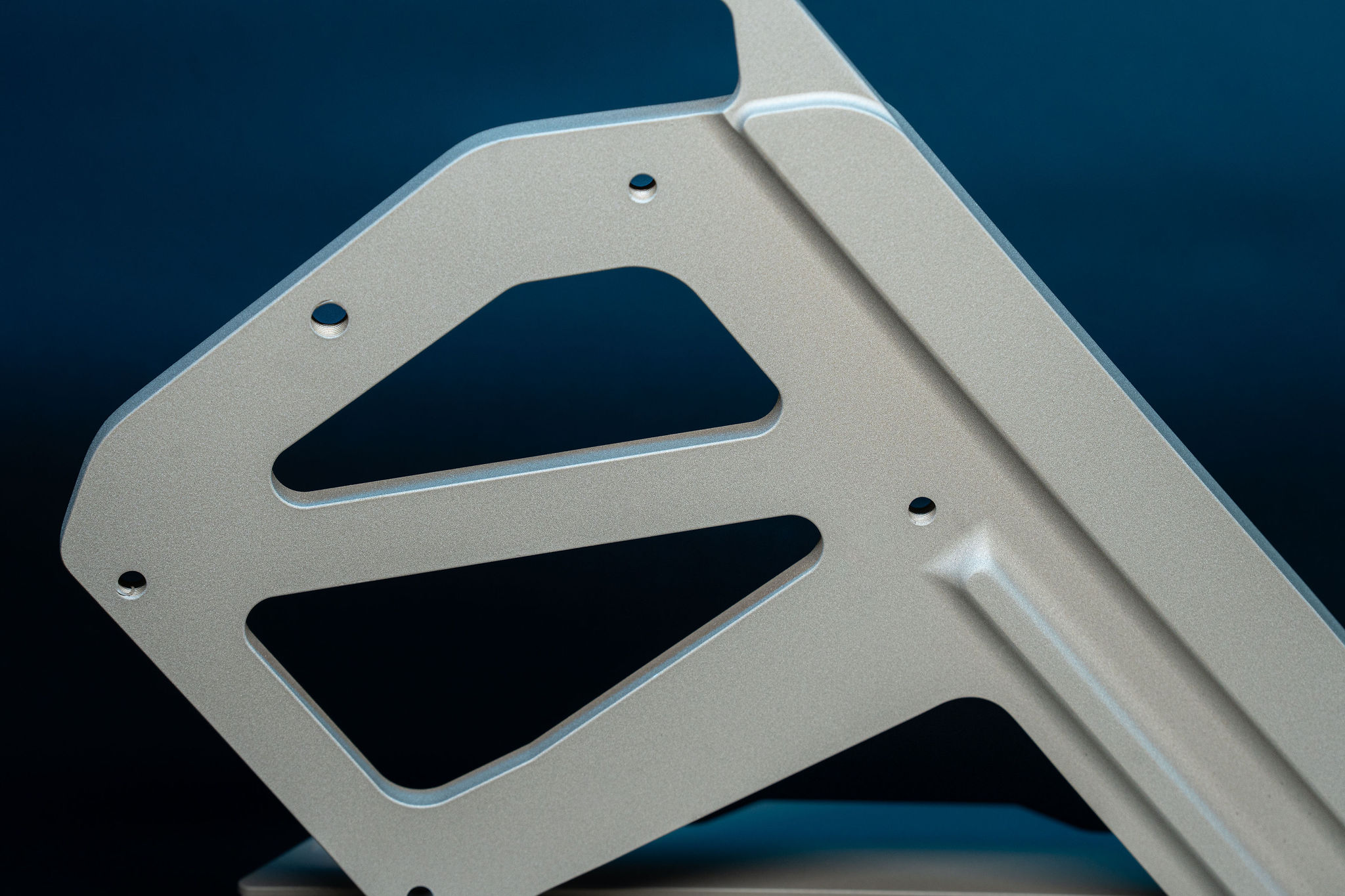Current News from EPG
Always up to Date
Stay informed about exciting projects, innovative technologies, and industry trends.

EPG’s Color matching
Precision meets personalization: With Color Matching by EPG, our customers get their exact corporate color—on every product, every time. From aviation to automotive, sanitary to surface finishing, we’re redefining consistency and brand identity across industries. Discover how EPG is setting...
Nanoseal® transparent for corrosion protection
Corrosion is one of the biggest global damage sources especially for parts exposed to high temperatures. The automotive sector is fighting against this problem and seeking solutions. Here you see an exhaust pipe of a luxury car without coating …and...
Nanoseal® transparent for automotive trims
EPG’s Nanoseal® coatings are applied in ultra-thin, glass-like layers using our automatic spray process, ensuring long-lasting protection for car steps and trim boards. Our solution not only preserves the premium look of every trim strip but also combines functionality with...
Coating for all field of application
At EPG AG, our expertise in coatings doesn’t stop with cars and aircraft. We also deliver tailor-made solutions for a wide range of industries — from sanitary fittings to light switches and electronic components.
Anodizing replacement for aviation applications
EPG can fully customize colors to match airline design requirements, and our solutions are already qualified by leading players in the aviation industry.




